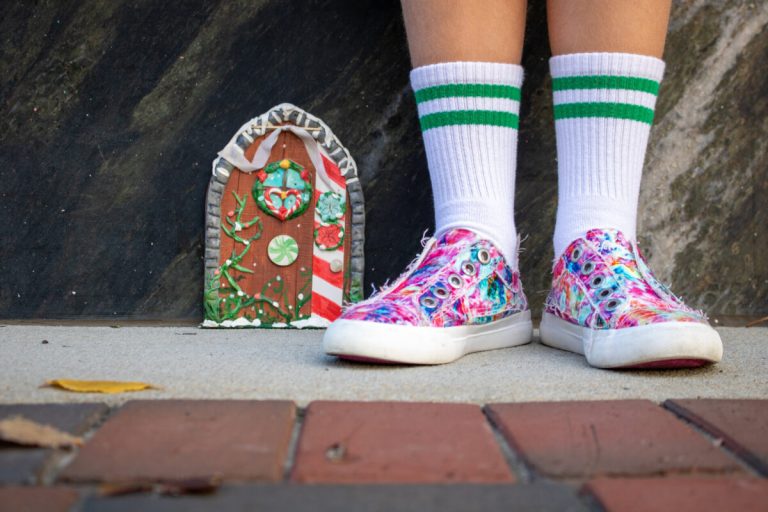What Birmingham’s Dr. Steven Austad is learning about longevity from ancient creatures
Reading time: 6 minutes

Birmingham is filled with fascinating people, and I love that part of my job is to help share their stories with you. Dr. Steven Austad is Distinguished Professor and Department Chair in the Department of Biology at UAB’s College of Arts and Sciences and one of the most fascinating people I’ve had a chance to talk
1. Tell me about your time in Hollywood working as a lion tamer.

I trained big cats for the movie industry for several years. I had no experience at it when I started, but my boss—movie producer Noel Marshall—had hired a couple of experienced trainers from whom I learned. For most of the first year, I worked with younger animals that he was raising at his house.
I had had a childhood crush on his wife, actress Tippi Hedren, so when he told me that I would be living in his house with Tippi, he sold me on the job. I worked on movies, television shows and commercials.
Occasionally, I would be a stunt double for an actress (unlike most of the big cat trainers, I was not too stocky to pull it off) who was supposed to be attacked by a lion or tiger. My favorite was being a stunt double for Lindsey Waggoner, The Bionic Woman.
I loved working with the animals, especially lions, as they are affectionate, almost like dogs. I may have never done anything I liked as much.
However, I did not enjoy working on movie sets. Typically the actors and directors had no feel for working with animals, plus I found movie people quite boring. The cliché is right—all they talk and think about is movies and movie deals.
2. Your resume includes lion tamer, taxi driver and journalist, among other things. How do these seemingly unrelated experiences help with what you do now?

The journalism probably helped me more than anything. I learned to write clearly and concisely which has helped in science as well. It taught me to write about science in a way that lay people can understand and is no doubt why I’ve written so much for the lay public in addition to the scientific writing that I have to do.
I like to think that driving a taxi (nights, New York City) helped teach me about human nature. I think I saw people at pretty much all their best and all their worst during that time. Those experiences gave me some perspective beyond what I think most academics have.
3. Now you do research on aging, looking at creatures like quahog clams and hydras. What’s the most fascinating part of this research to you?

What has always been most fascinating to me is unsolved puzzles. The puzzle that got me into aging research was why do animals like us age at all? If a living organism can almost be defined as something that is capable of self-repair, why does that self-repair ultimately fail so that we age?
In that vein, the ocean quahog (a giant clam pronounced “KOH-HOG”), which lives more than 500 years, and hydra, which lives virtually indefinitely interest me because they have pretty much solved the problem of aging. I want to know how they do that so we may use that knowledge to keep people healthier longer.
4. Have you learned anything that could apply to humans?

Interestingly, I have learned something from the quahog that could ultimately help us treat or prevent neurological diseases like Alzheimer’s and Parkinson’s disease.
The irony is that the quahog doesn’t ever have a brain. Specifically, those diseases are due to clumps of proteins that should not be clumped together. The quahog has something in its tissue that prevents protein clumping.
5. What else should I be asking about your research?

Maybe you should ask whether it keeps my interest or whether I just keep doing it because that’s what I’ve been doing for the past 35 years. In reality, I am more excited about my own research and about aging research in general than ever before.
We are on the brink of major breakthroughs into prolonging human health that will change our lives more dramatically than anything since the development of antibiotics.
6. You’ve been in Birmingham since 2014. Let’s talk about some of your Birmingham favorites.
Favorite restaurant
Touch call. Birmingham has an amazing food scene. Hot & Hot Fish Club is probably my favorite.
Favorite brewery
Although I’m primarily a wine person, my favorite is probably Good People. Great location, right across from Regions Field. Fine ambience, diverse selection of beers.
Favorite outdoor spot
Probably the woods behind my house. They go on for miles. I live in the country, near Morris, and during our forced lockdown because of COVID-19, I’ve been spending a lot of time in the woods. I feel like I know almost every tree, shrub and wildflower by now.
Favorite sports team
I’m a sports fanatic, especially baseball. Favorite team is—easy call—the Boston Red Sox. I lived in Boston during the years when the Red Sox had not won a World Series in more than 80 years.
Favorite anything else you like in Birmingham?
I really enjoy the McWane Science Center. It is a science center for both kids and adults. It is a real local treasure which I hope people appreciate.



